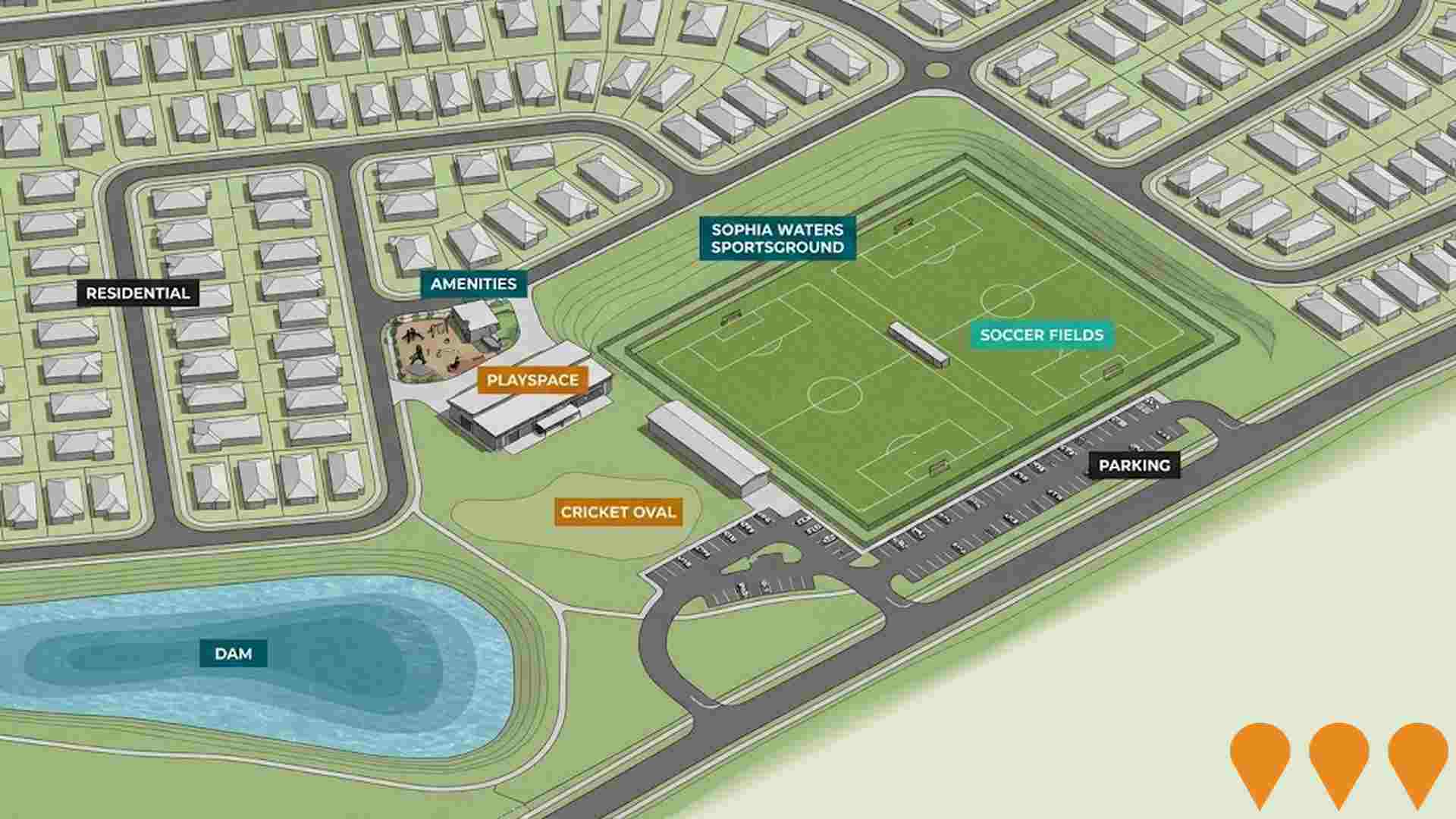Chart Color Schemes
est. as @ -- *
ABS ERP | -- people | --
2021 Census | -- people
Sales Activity
Curious about local property values? Filter the chart to assess the volume and appreciation (including resales) trends and regional comparisons, or scroll to the map below view this information at an individual property level.
Find a Recent Sale
Sales Detail
Population
Tenambit - East Maitland lies within the top quartile of areas nationally for population growth performance according to AreaSearch analysis of recent, and medium to long-term trends
Tenambit-East Maitland's population was 10,532 as of November 2025, according to AreaSearch's analysis. This figure represents a rise of 441 people from the 2021 Census count of 10,091. The increase is inferred from ABS data showing an estimated resident population of 10,470 in June 2024 and 167 new addresses validated since the Census date. This results in a population density ratio of 609 persons per square kilometer. Over the past decade, Tenambit-East Maitland exhibited resilient growth patterns with a 1.2% compound annual growth rate. Interstate migration contributed approximately 47.4% of overall population gains during recent periods.
AreaSearch uses ABS/Geoscience Australia projections for each SA2 area released in 2024, based on 2022 data. For areas not covered by this data, NSW State Government's SA2 level projections from 2022 are utilized, with growth rates by age group applied to all areas for years 2032 to 2041. Nationally, non-metropolitan areas are projected to have above median population growth. By 2041, Tenambit-East Maitland is expected to grow by 2,555 persons based on the latest population numbers, reflecting a total increase of 23.7% over the 17 years.
Frequently Asked Questions - Population
Development
Recent residential development output has been above average within Tenambit - East Maitland when compared nationally
Tenambit - East Maitland averaged approximately 38 new dwelling approvals annually from FY-21 to FY-25, with a total of 193 homes approved during this period and an additional 7 approved in FY-26. This results in around 3 new residents arriving per year for each dwelling constructed over the past five financial years. Consequently, demand significantly outpaces supply, leading to price growth and increased buyer competition.
The average construction cost of new properties is $232,000, which is below the regional average, indicating more affordable housing options for buyers. In FY-26, $496,000 in commercial approvals have been registered, suggesting a predominantly residential focus. Comparing Tenambit - East Maitland's development activity to the Rest of NSW, it has significantly less activity, approximately 69.0% below the regional average per person. This scarcity typically strengthens demand and prices for existing properties.
The new building activity comprises around 68.0% detached dwellings and 32.0% attached dwellings, offering a mix of medium-density options across various price brackets. With an estimated 418 people in the area per dwelling approval, it reflects a quiet, low activity development environment. Population forecasts indicate Tenambit - East Maitland will gain approximately 2,492 residents by 2041. Given current development rates, housing supply may struggle to keep pace with population growth, potentially intensifying buyer competition and supporting price increases.
Frequently Asked Questions - Development
Infrastructure
Tenambit - East Maitland has strong levels of nearby infrastructure activity, ranking in the top 40% nationally
Changes to local infrastructure significantly influence an area's performance. AreaSearch has identified 16 projects likely to impact the area. Key projects include East Maitland Catalyst Area, Chisholm Plaza, Stockland Green Hills Expansion, and Sophia Waters Estate. The following list details those most relevant.
Professional plan users can use the search below to filter and access additional projects.
INFRASTRUCTURE SEARCH
 Denotes AI-based impression for illustrative purposes only, not to be taken as definitive under any circumstances. Please follow links and conduct other investigations from the project's source for actual imagery. Developers and project owners wishing us to use original imagery please Contact Us and we will do so.
Denotes AI-based impression for illustrative purposes only, not to be taken as definitive under any circumstances. Please follow links and conduct other investigations from the project's source for actual imagery. Developers and project owners wishing us to use original imagery please Contact Us and we will do so.
Frequently Asked Questions - Infrastructure
Raymond Terrace and Heatherbrae Strategy 2020-2040
A long-term strategic plan to revitalise Raymond Terrace into a strong regional centre. The strategy includes the Raymond Terrace Public Domain Plan, mixed-use precincts, town centre streetscape upgrades, and the delivery of approximately 2,500 new homes by 2041 to support population growth.
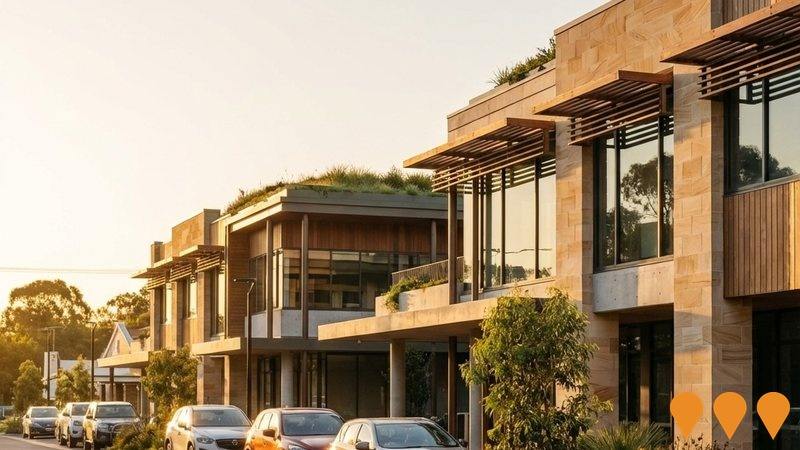
Maitland Local Housing Strategy 2041
A comprehensive strategic planning framework adopted by Maitland City Council on 27 June 2023 and endorsed by the NSW Government on 9 September 2024. The strategy guides residential development and growth in the Maitland local government area through to 2041. It identifies areas for new housing, prioritizes infill development and housing diversity (including affordable housing) to meet the projected need for approximately 25,200 additional dwellings by 2041, and aligns infrastructure planning to support growth.
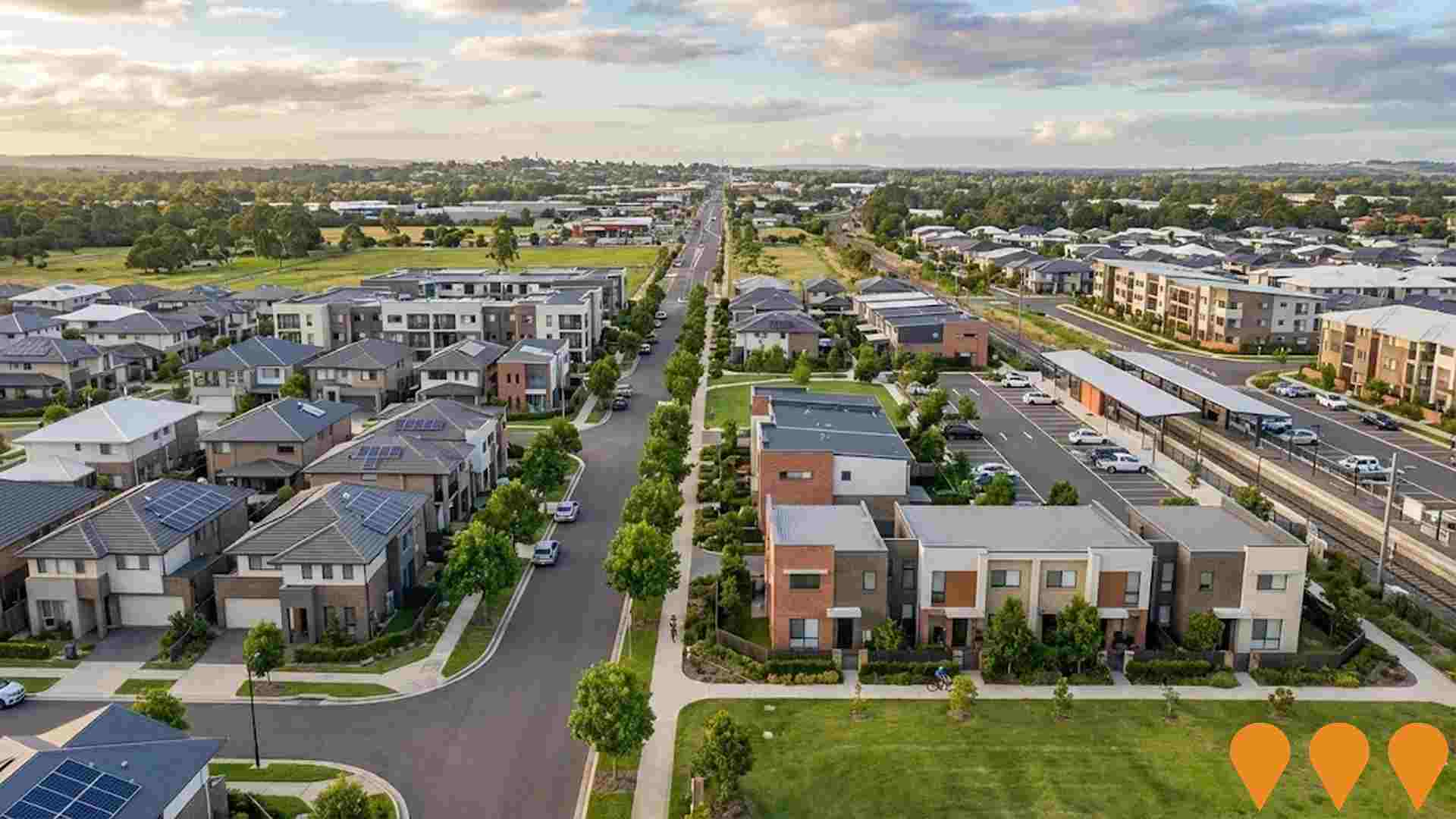
East Maitland Catalyst Area
The East Maitland Catalyst Area (EMCA) is a NSW Government-priority precinct for housing acceleration and health services growth. It is planned to deliver up to 4,815 new dwellings over the next 20 years, supported by the new Maitland Hospital (completed 2022), Maitland Private Hospital expansion, and Stockland Green Hills regional shopping centre. A Place Strategy and structure planning are currently underway, funded by the NSW Government's Housing Accelerator Fund and Priority Precincts program.
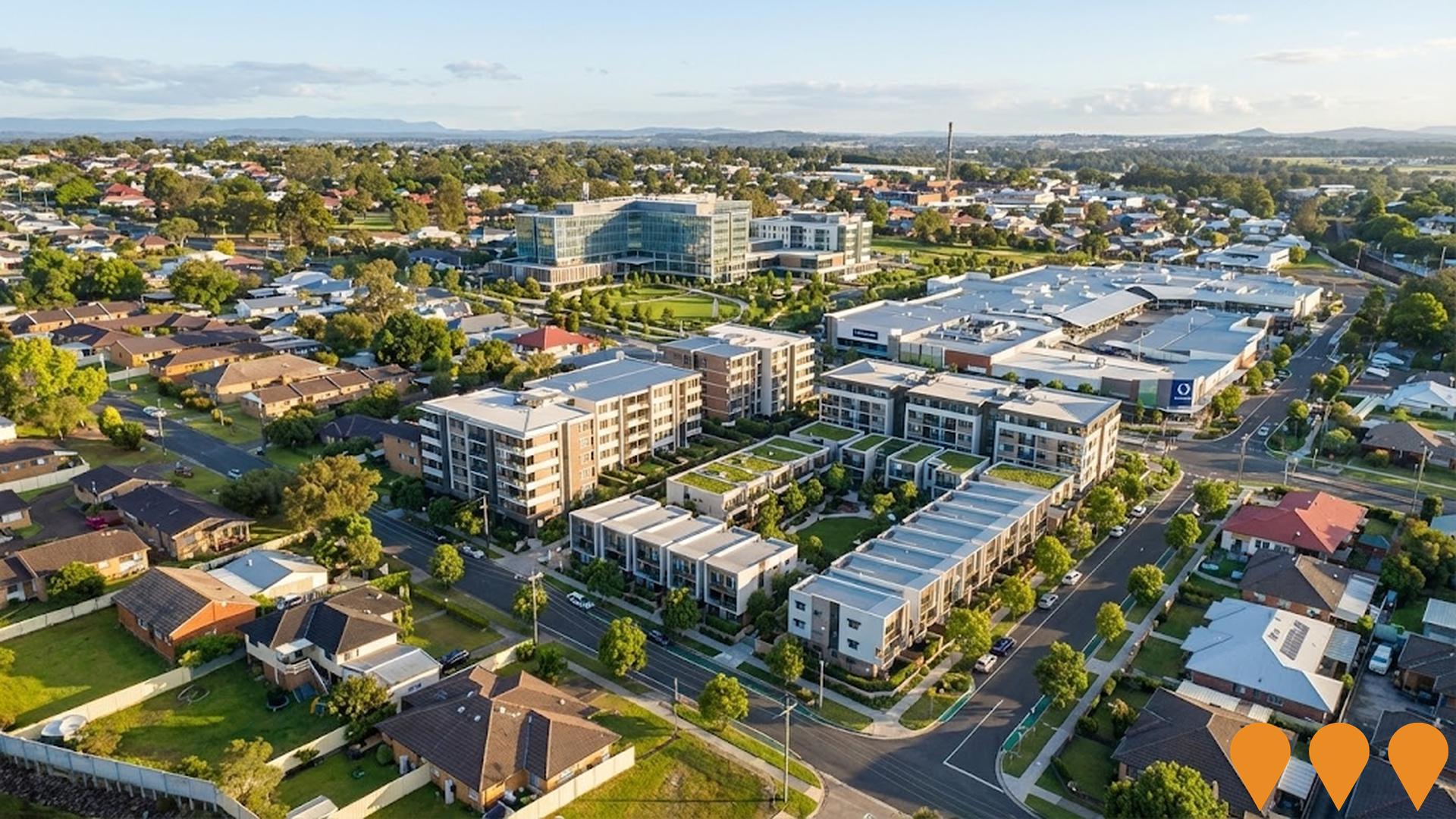
Hunter Valley Hydrogen Hub
The Hunter Valley Hydrogen Hub (HVHH) is a renewable hydrogen production facility, primarily developed by Orica. The initial phase involves a 50 MW electrolyser to produce approximately 4,700 tonnes of renewable hydrogen per annum, which will progressively replace natural gas in Orica's ammonia production on Kooragang Island to decarbonise their operations and produce low-carbon products. The project also includes a hydrogen refuelling network for the transport sector. Development approval was granted in May 2024, and the project is subject to a Final Investment Decision (FID).

Stony Pinch Urban Development
Long-term conceptual urban development proposal for the post-mining rehabilitation of the Bloomfield Colliery site in Ashtonfield, lower Hunter Valley. The site spans approximately 3,600 hectares and is envisioned to accommodate up to 19,200 dwellings along with employment lands, town centre, recreation facilities and preserved bushland. The Bloomfield Colliery is currently operational with mining approval until 2035. Specific development timelines and details for the urban transformation remain subject to mine rehabilitation completion and future planning approvals under the Stony Pinch consortium and Ashtonfields Agreement.
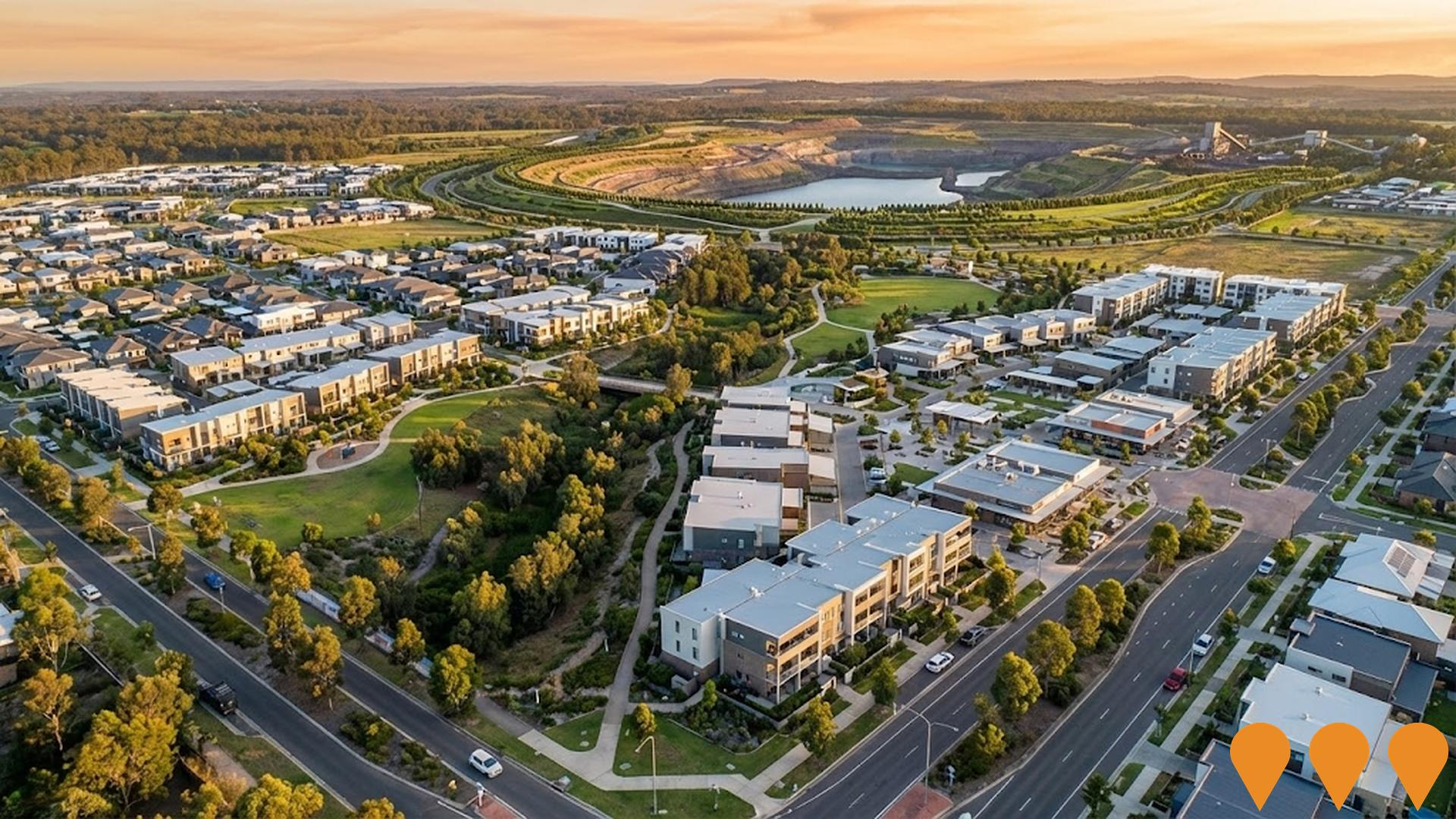
Chisholm Plaza
Chisholm Plaza is a $180 million neighbourhood shopping centre in Chisholm, NSW, currently under construction. The centre features triple supermarket anchors (Woolworths, Aldi and Dan Murphys), more than 50 specialty stores, a 112-place childcare centre, swim school, gym, medical centre, dining precinct and tavern. The development provides approximately 15,000 sqm of retail space and over 600 car spaces, targeting a 4-star Green Star rating.

Stockland Green Hills Expansion
A $414 million expansion that doubled the size of the shopping centre to 74,000 square metres, adding a second level with over 220 specialty stores including David Jones, H&M, Target, JB Hi-Fi, and The Courtyard outdoor dining precinct with LED light trees. The development features 3,125 car parking spaces and represents the largest retail redevelopment completed in Australia in 2018.

Sophia Waters Estate
Sophia Waters Estate is a major master-planned residential development in Chisholm near Maitland, featuring over 1500 planned dwellings across multiple stages. The estate emphasizes open spaces, extensive landscaping, and community amenities including a new $10 million Maitland Council sportsground scheduled for completion in late 2026. Located in the picturesque Hunter Valley with easy access to Newcastle, Lake Macquarie, and Port Stephens.

Employment
AreaSearch analysis reveals Tenambit - East Maitland recording weaker employment conditions than most comparable areas nationwide
Tenambit - East Maitland has an unemployment rate of 4.2% as of June 2025. This is 0.5% higher than the Rest of NSW's rate of 3.7%.
The workforce participation rate is similar to the regional average at 56.4%. Key industries for employment include health care & social assistance, education & training, and construction. Mining is particularly prominent with an employment share 2.2 times the regional level, while agriculture, forestry & fishing has limited presence at 1.1% compared to the regional 5.3%. Over the year to June 2025, labour force levels decreased by 4.2%, and employment declined by 4.9%, resulting in a 0.7 percentage point rise in unemployment rate.
Jobs and Skills Australia's national employment forecasts from May 2025 project national growth of 6.6% over five years and 13.7% over ten years, with industry-specific projections suggesting local growth of approximately 6.4% over five years and 13.5% over ten years for Tenambit - East Maitland.
Frequently Asked Questions - Employment
Income
Income levels align closely with national averages, indicating typical economic conditions for Australian communities according to AreaSearch analysis
AreaSearch's latest postcode level ATO data for financial year 2022 shows Tenambit - East Maitland had a median income among taxpayers of $53,733 and an average of $65,839. This is slightly above the national average. Rest of NSW had a median income of $49,459 and an average of $62,998 during this period. Based on Wage Price Index growth of 12.61% since financial year 2022, current estimates for Tenambit - East Maitland would be approximately $60,509 (median) and $74,141 (average) as of September 2025. Census data indicates household, family and personal incomes in Tenambit - East Maitland rank modestly, between the 31st and 37th percentiles. The earnings profile shows that 30.1% of residents (3,170 people) fall within the $1,500 - 2,999 income bracket, which is similar to regional levels where 29.9% occupy this range. Housing affordability pressures are severe in Tenambit - East Maitland, with only 82.8% of income remaining, ranking at the 29th percentile. The area's SEIFA income ranking places it in the 4th decile.
Frequently Asked Questions - Income
Housing
Tenambit - East Maitland is characterized by a predominantly suburban housing profile, with above-average rates of outright home ownership
In Tenambit - East Maitland, as per the latest Census evaluation, 80.2% of dwellings were houses with the remaining 19.8% comprising semi-detached homes, apartments and other types. This contrasts with Non-Metro NSW's figures of 87.1% houses and 13.0% other dwellings. Home ownership in Tenambit - East Maitland stood at 35.6%, with mortgaged properties at 34.5% and rented ones at 29.9%. The median monthly mortgage repayment was $1,733, lower than Non-Metro NSW's average of $1,862. Median weekly rent in the area was $360, compared to Non-Metro NSW's $375. Nationally, Tenambit - East Maitland's mortgage repayments were below the Australian average of $1,863, and rents were less than the national figure of $375.
Frequently Asked Questions - Housing
Household Composition
Tenambit - East Maitland has a typical household mix, with a lower-than-average median household size
Family households constitute 68.7 percent of all households, including 25.8 percent couples with children, 28.2 percent couples without children, and 13.8 percent single parent families. Non-family households comprise the remaining 31.3 percent, with lone person households at 29.4 percent and group households comprising 1.9 percent of the total. The median household size is 2.4 people, smaller than the Rest of NSW average of 2.7.
Frequently Asked Questions - Households
Local Schools & Education
Educational outcomes in Tenambit - East Maitland fall within the lower quartile nationally, indicating opportunities for improvement in qualification attainment
The area faces educational challenges, with university qualification rates of 19.6%, substantially below the NSW average of 32.2%. This represents both a challenge and an opportunity for targeted educational initiatives. Bachelor degrees lead at 14.0%, followed by postgraduate qualifications (3.6%) and graduate diplomas (2.0%). Trade and technical skills feature prominently, with 41.2% of residents aged 15+ holding vocational credentials – advanced diplomas (11.5%) and certificates (29.7%).
Educational participation is notably high, with 27.0% of residents currently enrolled in formal education. This includes 9.7% in primary education, 7.1% in secondary education, and 3.8% pursuing tertiary education. Tenambit - East Maitland's 5 schools have combined enrollment reaching 2,690 students as of the latest data point. The area demonstrates typical Australian school conditions (ICSEA: 981) with balanced educational opportunities. The educational mix includes 2 primary, 2 secondary, and 1 K-12 school. School capacity exceeds typical residential needs (25.6 places per 100 residents vs 17.7 regionally), indicating the area serves as an educational center for the broader region.
Frequently Asked Questions - Education
Schools Detail
Nearby Services & Amenities
Transport
Transport servicing is high compared to other areas nationally based on assessment of service frequency, route connectivity and accessibility
Transport analysis indicates 110 active public transport stops operating in Tenambit - East Maitland area. These comprise a mix of train and bus services. There are 100 individual routes serving these stops, collectively facilitating 4,818 weekly passenger trips.
Transport accessibility is rated excellent, with residents typically located 138 meters from the nearest transport stop. Service frequency averages 688 trips per day across all routes, equating to approximately 43 weekly trips per individual stop.
Frequently Asked Questions - Transport
Transport Stops Detail
Health
Health performance in Tenambit - East Maitland is well below average with prevalence of common health conditions notable across both younger and older age cohorts
Tenambit - East Maitland faces significant health challenges, as indicated by health data.
Both younger and older age groups have notable prevalence of common health conditions. Private health cover is more prevalent here than the average SA2 area, at approximately 52% of the total population (~5,518 people). The most common medical conditions are mental health issues and arthritis, affecting 11.6% and 11.2% of residents respectively. Conversely, 58.9% of residents report no medical ailments, compared to 63.4% across Rest of NSW. The area has a higher proportion of seniors aged 65 and over, at 22.5% (2,372 people), compared to 15.4% in Rest of NSW. Health outcomes among seniors present challenges broadly consistent with the general population's health profile.
Frequently Asked Questions - Health
Cultural Diversity
The latest Census data sees Tenambit - East Maitland placing among the least culturally diverse areas in the country when compared across a range of language and cultural background related metrics
Tenambit-East Maitland, surveyed in 2016, had a population where 92.2% were born in Australia, 93.8% were citizens, and 97.0% spoke English only at home. Christianity was the predominant religion, practiced by 58.0%. This figure is slightly higher than the Rest of NSW average of 57.0%.
The top three ancestry groups were English (32.7%), Australian (31.2%), and Irish (9.2%). Notably, Australian Aboriginal people made up 4.9%, Scottish 8.5%, and Polish 0.8% of the population, each higher than their respective regional averages of 5.1%, 7.6%, and 0.7%.
Frequently Asked Questions - Diversity
Age
Tenambit - East Maitland's median age exceeds the national pattern
Tenambit-East Maitland's median age is 41 years, which is lower than Rest of NSW's average of 43 but higher than Australia's national average of 38. The 25-34 age group comprises 13.1%, compared to Rest of NSW, while the 55-64 cohort makes up 11.4%. Post-2021 Census data shows that the 35 to 44 age group grew from 12.0% to 12.8%. Meanwhile, the 65 to 74 cohort decreased from 11.9% to 11.2%. By 2041, demographic modeling projects significant changes in Tenambit-East Maitland's age profile. The 25 to 34 cohort is projected to grow by 41%, adding 570 residents to reach 1,948. Conversely, the 15 to 24 cohort shows minimal growth of just 9% (101 people).

